Breaking through patterns of conflict in relationships can still be effective in repairing the damage in the connection, and work towards keeping it in a healthy zone. But in order to do that, it’s important to understand the different conflict patterns that plague relationships.
Every intimate relationship has its ups and downs. No matter how compatible the partners may be, they are bound to occasionally disagree.
If those conflicts are insignificant, the couple will eventually makeup and let them go. But, if they are crucial but remain unresolved, they can create potentially irreparable damage over time.
The process that couples rely upon to resolve disputes is their conflict patterns. They not only reveal a lot about their relationship, but they also can portend its future. Arguments that are both repetitive and unresolved too often result in the avoidance of important issues. These “unprocessed disconnects” are bound to fester over time and can cause permanent relationship damage.
Alternately, if they can be courageously faced and successfully resolved, they can actually help a couple to not only prevent that relationship bruising but enhance their intimacy. When each important dispute is processed and understood, the partners can use each successive dispute to understand better how and why they fight. That knowledge allows them to use each successive argument to practice those new skills.
Unfortunately, in my four decades of working with intimate couples, I more routinely see intimate partners do the opposite. Not learning from their repeated similar arguments, they endure the same negative outcomes. With each successive similar interaction, they remain stuck in these “groundhog day” fruitless disconnects. The couples typically makeup in highly predictable ways but bury the issues that needed to be resolved.
I have often witnessed these negative combat patterns in the therapeutic setting. Many times, after watching a couple repeat them over and over, I am bewildered that the partners do not seem to realize that they are repeating what they have done so often in the past. They seem helpless to both stop these negative interactions or remember their repetition.
Each intimate partnership seems to have its own unique and predictable conflict patterns. The partners both use their same phrases, voice intonations, body language, facial expressions, rhythms, and predictable time sequences that can range from five-minute flairs to long, extended all-night sessions. And, in most relationships, it is the same partner who brings the couple back together after a fight.
Related: Transforming Criticism into Wishes: A Recipe for Successful Conflict
As couples begin to identify and understand their own ineffective and damaging fight patterns, they are able to challenge and change them. But, these changes cannot happen rapidly. It is totally normal for every couple, no matter how well they are learning, to slip into destructive conflict patterns from time to time until they master the skills to avoid them.
What makes success more probable is their willingness to courageously face what they have been doing, avoid any negative judgments, and for both partners to be accountable for the roles they have played in maintaining them. And to keep in mind the most critical change of attitude: No blame, the courage to be accountable for their own part in the process, and their willingness to change those behaviors.
There are many different examples of futile negative conflict patterns, but they all have the same following characteristics in common.
They are:
- Exaggerated and dramatic.
- Never resolve the dispute at hand.
- Likely to result in amnesia after they end.
- Dishonoring of vulnerability or sacred information.
- Blind to causing embarrassment or humiliation.
- Commonly infiltrated by frequent interruptions, invalidations, or repeated defensive responses.
To help you to identify your relationship conflict patterns, the following are the nine I’ve most often observed. Please compare, contrast, and construct your own.
Two important caveats: Both genders are fully capable of playing any of these roles and the conflict patterns and styles are independent of the problem the partners are trying to resolve. Because the futile process itself is contaminated, the content of these arguments becomes unimportant and is therefore not amenable to a successful resolution.
9 Common Negative Conflict Patterns
1) Shouter versus Silent Martyr
These conflicts begin with rapid escalation and high drama. The shouting partner goes from no contact to explosive expression in seconds and often with little observable provocation. He or she is typically low in frustration tolerance in other areas of life as well.
The most often played role on the other end of a dramatic shouter is that of a silent martyr. This person gathers evidence of the other’s need to fill the room with sound and fury in a quiet, almost note-taking way. In doing, he or she racks up points as the unfairly attacked, unarmed, and unjustifiably receiver of criticism.
The interaction ends when the shouter runs out of energy after his or her attacks do not result in getting the other partner to take the blame.
2) Snarky versus Unflappable
One of the partners begins the conflict by giving little sarcastic jabs.
If there is no reaction, he or she escalates the attacks and makes them more and more pointed. If, as time elapses, there is no reaction from the other partner, the snarky prodder increases the frequency and focus, using everything he or she can to get the other to react.
Often these partners are married to unflappable, seemingly impassive people whose responses are non-responses. Stinging words fly by them as if they have no sound. Their inability to be reached infuriates their aggressor who typically walks out in a dramatic exit.
The partner left in his or her impenetrable cave usually then gets up and calmly resumes whatever was happening before the challenge occurred, as if no interaction has occurred.
Related: Help Your Partner Understand Your Side of the Conflict in 3 Steps
3) Pursuer versus Runner
Once a disagreement emerges between these players, the pursuer will not, or cannot, stop him or herself from prolonging it. These people follow their partners from room to room, demanding the rehashing of the argument, sometimes for lengthy periods of time. They will nitpick every detail, demand more answers, and keep pushing for their own position to be accepted.
Runners sometimes are “innocent” provokers, wearing the halo of “accidental” criticism. At other times, they are harmony-seekers who are so uncomfortable with disruption of any kind that they will do anything they can to get away from continuing the battle.
These fights usually end when the partner seeking harmony just can’t stand it anymore and finally erupts. Oddly, that explosion tends to be the only behavior that stops the pursuer, as if that is what he or she wanted in the first place.
4) Threat-Maker versus Underdog
Whether it’s abandonment, exposure, denial, harm, or exile, a threat is any statement meant to control by fear. Threats can be meant simply to gain the advantage by throwing the other partner into submission. As such, they can run the gamut from intimidation in the present to emotional blackmail in the future.
When partners resort to threatening as part of an argument, they are clearly interested in dismantling or invalidating their partner’s capacity to impact the relationship in any way. Over time, the threatened partners either capitulate or leave them.
Many people carry previous experiences of emotional or physical abuse trauma into their current relationship and cannot separate love from fear of harm. They may unconsciously choose partners with whom they feel familiar, even if the relationship is painful.
5) Flipper versus Self-doubter
The best defense is often offense, and flippers know that game very well. When confronted with any inquiry, challenge, or criticism, they turn it back on the person expressing that position. “You should know, being the master of what you’re accusing me of.” “What about you? You’re guilty of the same thing you’re accusing me of.” “You’re just projecting. This is really your problem.”
If the flipping successfully puts the other partner on the witness stand, he or she will begin to defend and be effectively disarmed, no longer able to keep the original thought or feeling alive.
These disputes usually end when the self-doubter takes full responsibility for the problem and promises to change. The flipper too often then walks away smug, as if he or she should never have been challenged in the first place.
Want to know more about conflict patterns in relationships? Check this video about conflict patterns that can ruin relationships out below!
6) Escalating Yellers
These disputes typically start out as simple disagreements but the partners rapidly escalate the battle into one that is won by the person who can yell the loudest and the longest. Since neither partner is listening to the other and is both cornered and cornerer, he or she uses the sheer power of noisy and contemptuous attacks to win the argument. They behave like enemies, hell-bent to destroy by sheer power alone.
The body language of both combatants alternates between sticking fingers or breasts out as if in a threatening posture and retreating back only to yell from a distance and then re-attack. Once the partners get going, they are in an angry dance of intertwined enemies. The interaction only ends when both partners have exhausted themselves and retreated into seclusion.
Related: 5 Damaging Mindsets Keeping You From A Happy Relationship
7) Answer-seeker versus Truth Dodger
This kind of dispute always starts out with one partner seeking comfort, resolution, transparency, reasons, or rationalizations for a behavior that is causing the other distress. The receiving partner immediately feels rebellious and stalked and fights back by becoming intensely elusive with half-truths or evasive answers. He or she may even begin doing unrelated tasks to avoid the escalating confrontation.
The more one partner avoids answering the inquiries, the more the other partner presses for answers. The argument escalates into suspicions of betrayal and refusals to be accountable, only making things worse.
Often the partner who avoids does so by continuing to divert from the subject. Their goal is to get the seeker-for-answers to go off track and focus on a subject that is easier to answer.
The interaction ends when the person seeking trust gives up, certain that there is more hidden than he or she initially suspected. If these futile searches for truth continue, the trust will eventually erode.
8) Drama Queen/King versus Scoffer
This kind of conflict is a competition between one partner who becomes exaggeratingly dramatic during an argument and the other who makes it his or her goal to unmask the performer by uncovering the true motive behind the behavior.
The partner seeped in his or her own intense and vivid portrayal can easily and quickly shift emotions to fit the desired outcome. The mocking and undermining foil seeks only to make a travesty of the over-arching passion play.
This interaction can get very icy and mutually invalidating. The dramatic partner must end the scene with an impressive outpouring of offended or wounded responses, slamming doors, or the like to make an exit statement. The abandoned critic sits with his or her claimed victory of successful invalidation, often feeling smug and triumphant.
9) “Dirty Fighter” versus “Innocent” Victim
Caveat: This type of fighting pattern is not intended to describe intentionally abusive partners whose behavior is unacceptable. It is more a fighting pattern between committed partners who care for each other.
This pattern is easily recognized as the typical “good guy/bad guy” argument. As one partner begins to challenge, criticize, or demand change, the other quickly assume an outside posture of an overly-accommodating about-to-be-punished role, while inwardly feeling unjustly accused.
The presented posture of the weakness of the submissive partner is often an underlying strategy to get the more dominant, frustrated challenger to escalate his or her attack to make it clear who is the “bad guy.” On the other end of the “victimized” partner’s increasingly inadequate and weak response, the challenging partner begins to feel an escalating need to justify his or her demands.
Underneath the exaggerated expressions that follow, the now dirty fighter usually feels guilt and remorse, but cannot let go of his or her behavior. When the fight is over, the guilt emerges in the desire to forget what happened and a sincere attempt to heal the wounds he or she has caused. The abused partner then becomes the winner, holding the wounds up as evidence of the injustice.
Related: 6 Most Common Enemies of Intimacy In A Relationship
These ineffective and ultimately damaging conflicts are bad business for any relationship. The more they are repeated, the more damage they cause. No matter how many wonderful aspects a relationship has, the darkness of repeated, irresolvable, mutually wounding interactions will take its toll over time.
The beginning of healing is your courageous willingness to be accountable for whichever role you may play in these types of battles. If you are able to just eliminate your repeated non-resolvable disputes, you will automatically make the room to become more successful in resolving your differences.
Written by Randi Gunther Ph.D. Originally appeared in Psychology Today
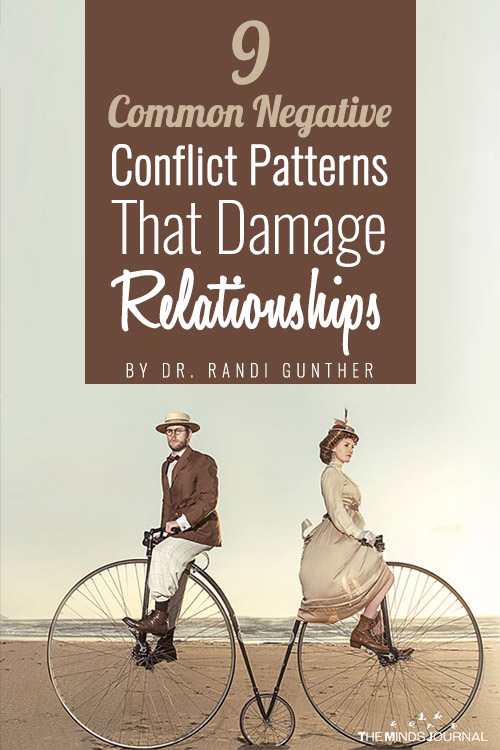
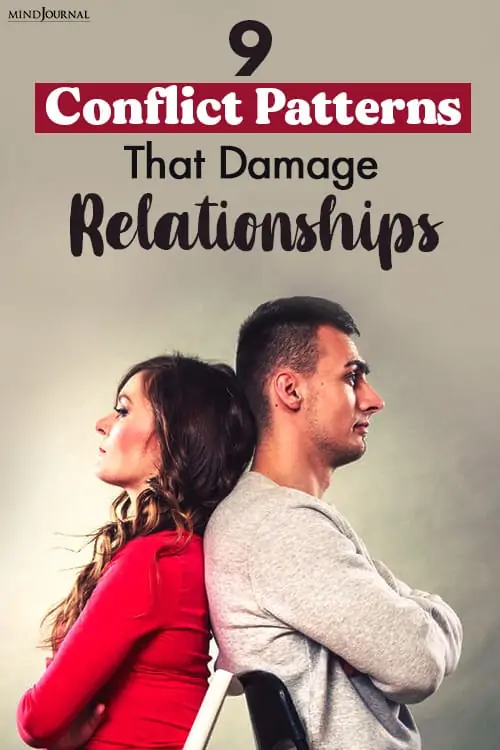
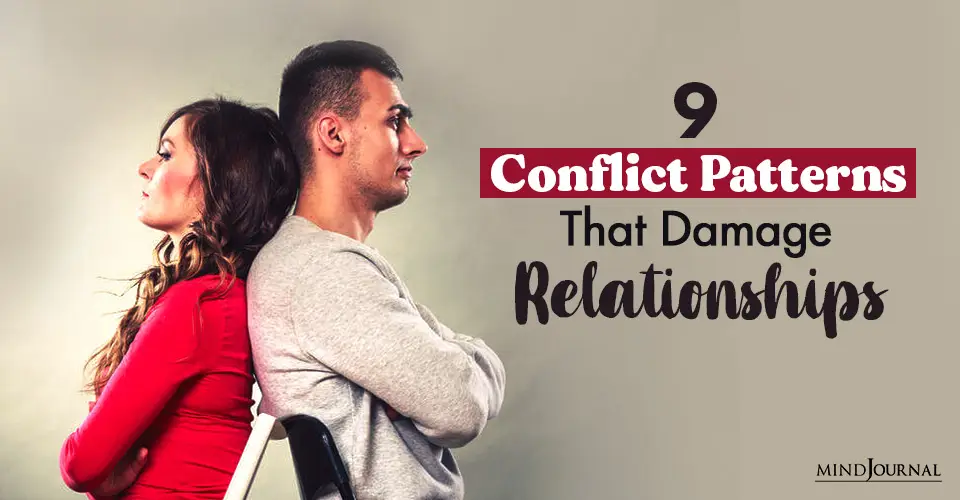

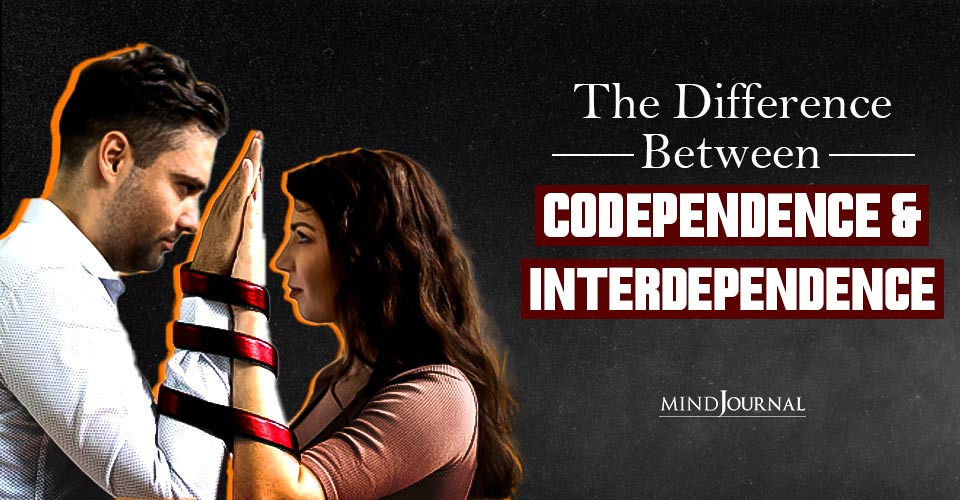



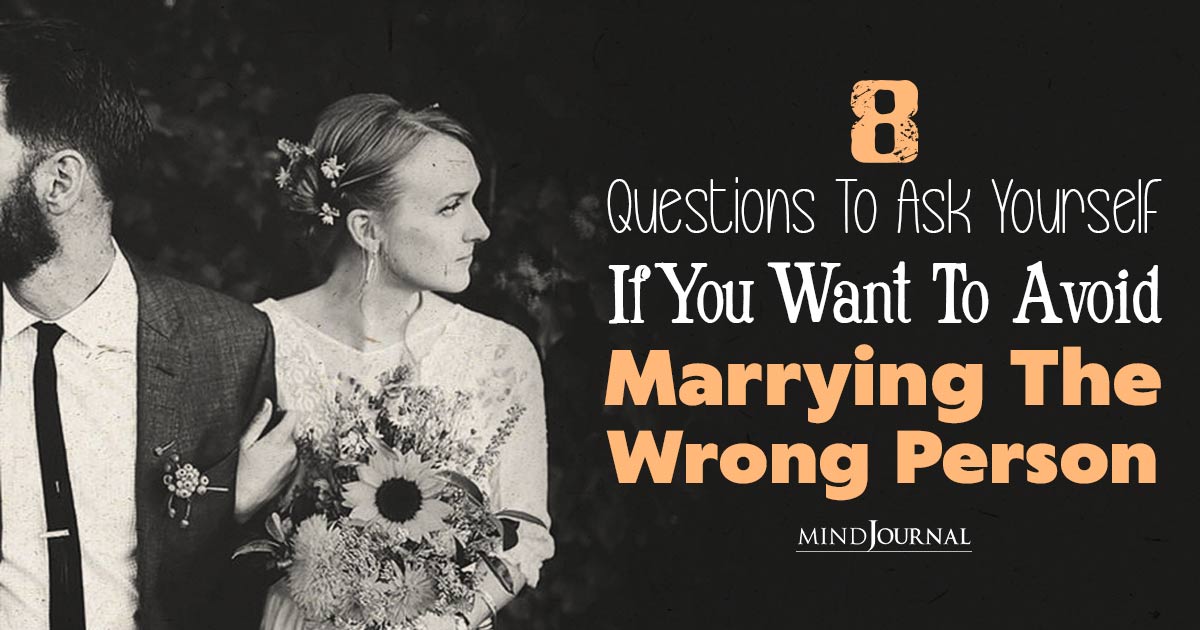

Leave a Reply
You must be logged in to post a comment.